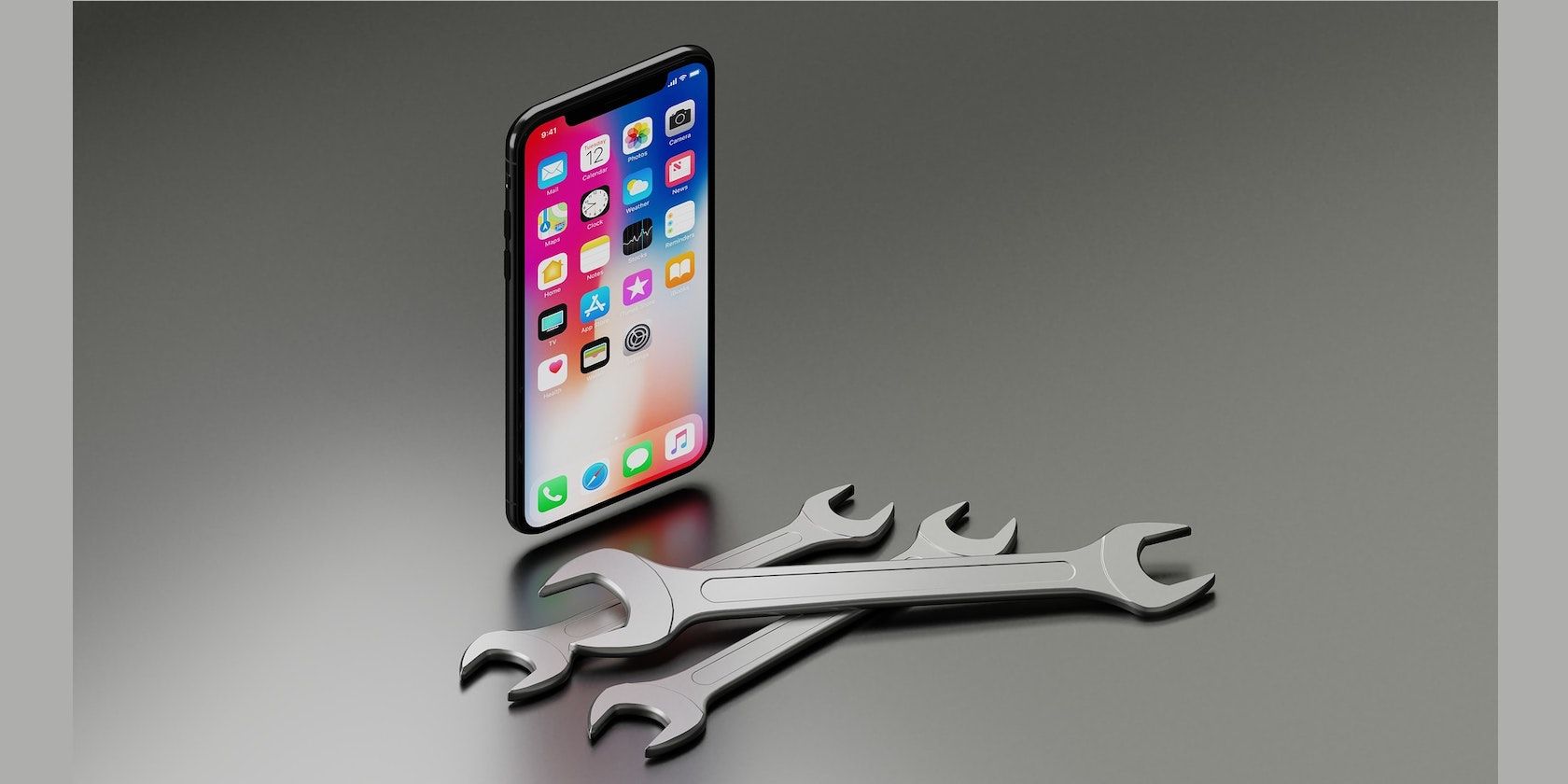Fixing your own device has a host of benefits. It prolongs the life of your tech, reduces electronic waste, and promotes a more sustainable consumer culture—not to mention saving you money! The problem has always been tech companies refusing to offer spare parts, or even information on how to carry out a repair.
But not anymore. Here are five large tech companies who are launching self-repair programs to help you fix your gadgets at home.
Freely Repair Your Tech
After strong pushback from major technology companies, the tide is turning in favor of the right to repair your own electronic devices. This is in-part a result of government action and public concern over the problem of electronic waste on the environment. Most notably, France passed a law in 2020 requiring companies to list a reparability rating for its electronic products to indicate how easy it is to repair the device yourself. Perhaps unsurprisingly, these ratings had a significant influence on which model and brand people bought.
What to Expect From Self-Repair Programs
Large tech companies still have a way to go before we see technology that is truly designed to be taken apart and repaired year on end. Until then, we can make the most of what is being offered in self-repair programs. Each program is different, but here are some things you can expect:
Pros
- You can now purchase genuine replacement parts.
- Companies will offer the most common replacement parts such as screens, batteries, and cameras.
- Repair programs will include guides for how to repair the broken part.
Cons
- Repair programs might not include a wide range of devices; older models in particular may be left out.
- Not every kind of repair will be made accessible. For example, you might not find replacement boards or chips.
- While these companies operate globally, the initial launch of self-repair programs are limited to certain countries and regions.
1. Apple
It was with surprise that Apple announced it would offer a self-repair program in November 2021. This would include repaid manuals, a new Apple Self Service Repair Online Store, and a process for recycling used parts in exchange for credit towards future purchases.
Despite initially being limited to common repairs for the iPhone 12 and iPhone 13, many DIY enthusiasts are happy to know about Apple's Self Service Repair program. Parts for the M1 Mac would also be available at a later date. The launch date was set for early 2022; however, no further announcements have been made up till March 2022. With other major tech companies launching similar programs, it would be disappointing for Apple to go back on its word.
2. Google
Starting at the end of 2022, Google will make genuine spare parts available for Pixel 2 through Pixel 6 Pro. Parts will also be made available for future Pixel products as the company focuses on achieving its sustainability goals. Once launched, parts will be available for purchase through the tech repair website iFixit.
Alongside the Pixel range, there is also a Chromebook Self-Repair Program aimed at schools to help IT administrators, and even students, learn how to repair Chromebooks. The Chromebook Self-Repair website has information on which models have commonly replaceable parts like the keyboard, display, and palm rest. You can also find out where to buy replacement parts and explore training resources. If you work in a school, there is even a guide for how to create a Chromebook repair program that can operate with staff and student involvement.
3. Samsung
A Samsung self-repair program in the summer of 2022 will begin by offering spare parts for the Galaxy S20 and S21 series, plus the Galaxy Tab 7 Plus. It's limited in which models will be supported however, with older and cheaper models being left out as well as the newer S22 lineup. Samsung says that this may change as the program develops over time.
For now, your options for spare parts will include displays, back glass, and charge ports. Batteries haven't been mentioned, and some people suspect this is due to how they are pre-glued to displays. You can find out more about this announcement through our coverage of Samsung Galaxy's self-repair program.
4. Microsoft
The repair program offered by Microsoft at launch is limited to Surface computers and tablets. It's also not available to just anyone, but rather targeted at the following people: iFixit Pro independent repairers, Microsoft Authorized Service Providers, and Microsoft Experience Centers. The Microsoft Surface line of products are extremely difficult to repair, so manufacturing tools for third-party repair professionals will give people more options for where to get their device fixed.
Three tools to aid in safely opening Surface devices for repair are now available: a Surface Display Bonding Frame, a Surface Battery Cover, and a Surface Display Debonding Tool. Microsoft's partnership with iFixit means you can buy these tools from the iFixit website.
5. Valve
It's great to see new products being launched with reparability in mind such as the Steam Deck by Valve. It will join several other large tech companies in partnering with the repair website iFixit to provide replacement parts for the Steam Deck—this also extends to the Valve Index VR headset.
Little detail is given as to what parts will be available, with some people speculating that the screen may not be included as it's one of the most difficult components to remove. To great delight, Valve also made a decision to release the 3D CAD files for the Steam Deck, giving some people the opportunity to 3D print their own accessories. Keep your eye out as the repair program is set to launch in summer 2022.
Future DIY Tech Repairs Will Get Easier
Now that you know which major tech companies offer a self-repair program, DIY repairs will get a lot easier. While repairing a device is not for everyone, this is a welcome change for many hobby electronic makers. Aside from prolonging the life of your device, the right-to-repair movement will also help to save the planet.



